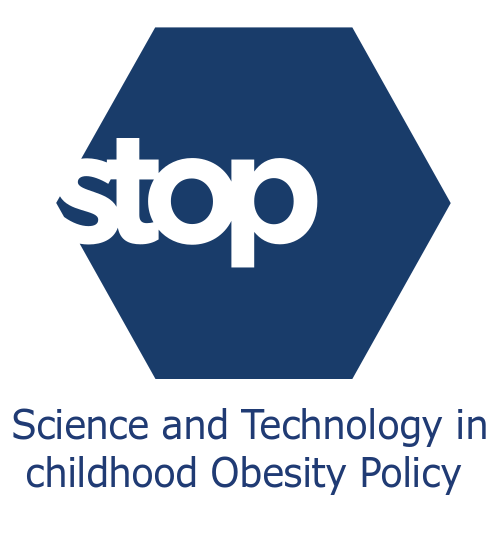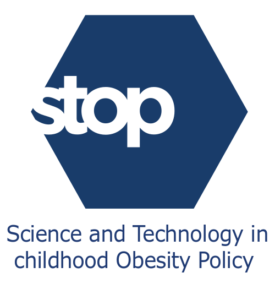Estimates reveal that one in eight of the world’s children aged between five and ten years is living with obesity. Given the long-term health, social and economic consequences of childhood obesity, it is urgent to identify effective treatment interventions. We therefore reviewed treatment interventions in health care setting for younger children by (1) examining the evidence for the effectiveness of different interventions to treat paediatric obesity in relation to socio-economic disparities, and (2) examining evidence on the challenging phases of the interventions such as recruitment, adherence and follow-up in relation to socio-economic disparities. Results revealed a major lack of information on social and economic influences on childhood obesity treatment administered through health services. However, we observed that in middle- and higher-income countries, the prevalence of obesity remains greater among families with lower incomes or parental education and in specific ethnic groups.
The use of weight management and obesity treatment services is likely to be affected by familial attitudes to overweight in children, their understanding of underlying causes of weight gain, their motivation to make family-level changes, and above all the resources they may have available to make and maintain these changes. Effective interventions therefore need to be culturally and socially sensitive, avoiding stigma, encourage motivation, recognise barriers and reinforce opportunities. Furthermore, the success of an intervention also depends on the treatment attractiveness, attendance to treatment sessions and having a sustainable support network.

